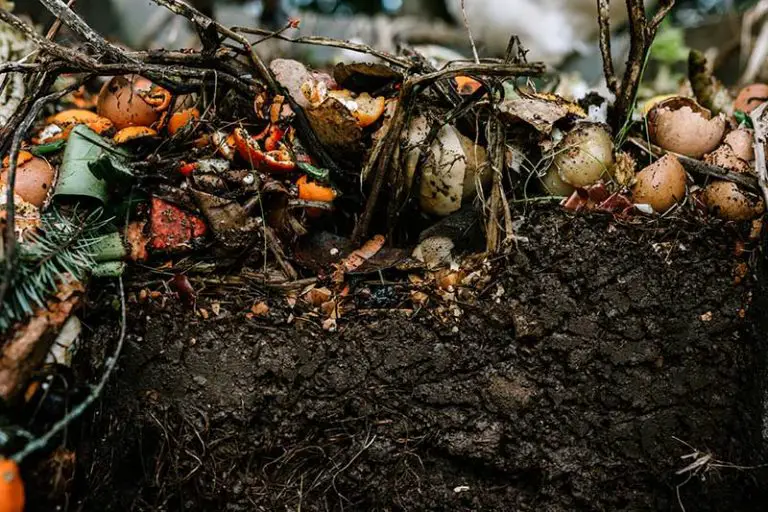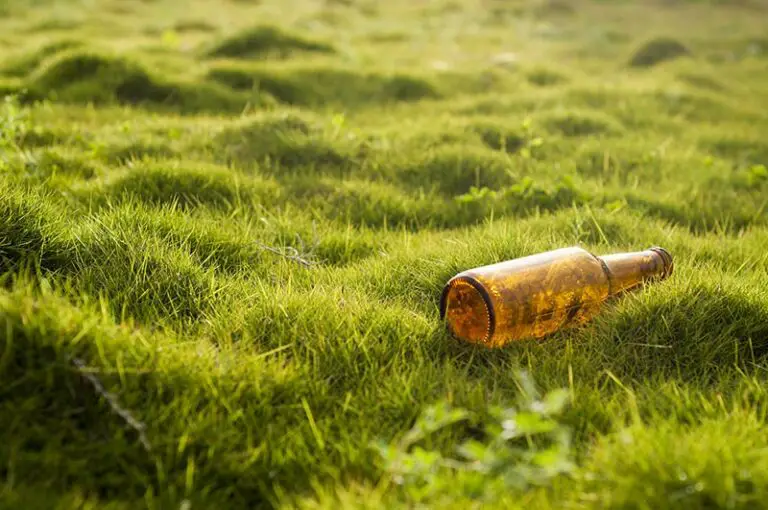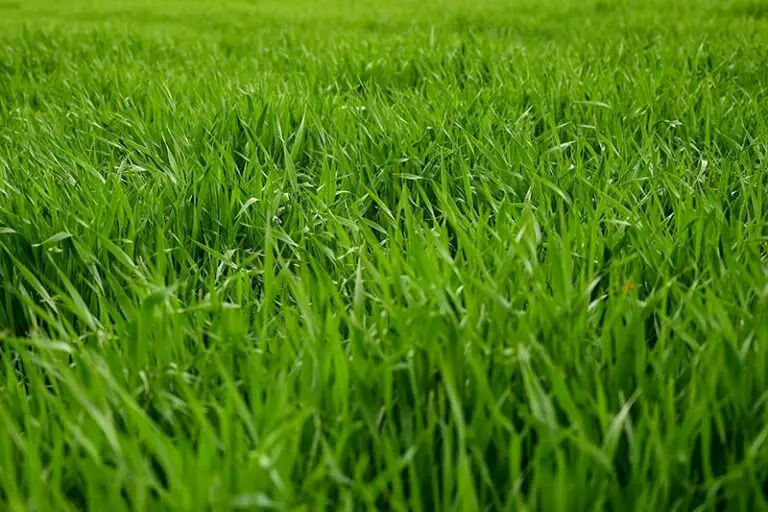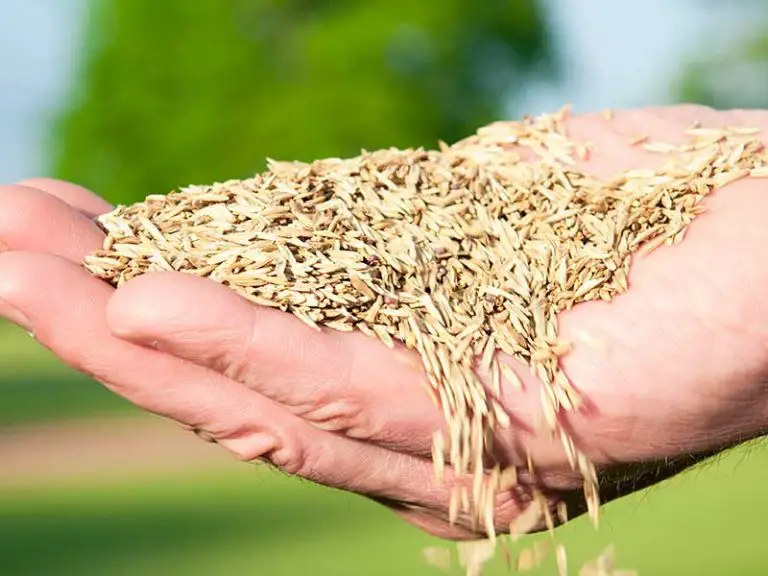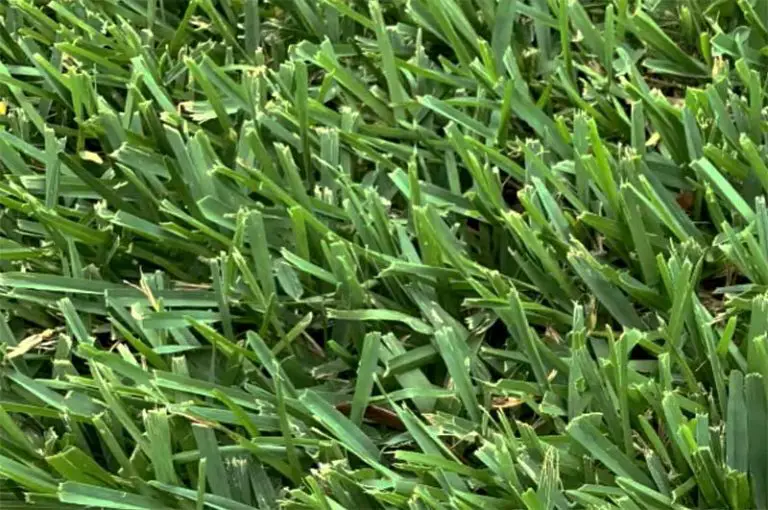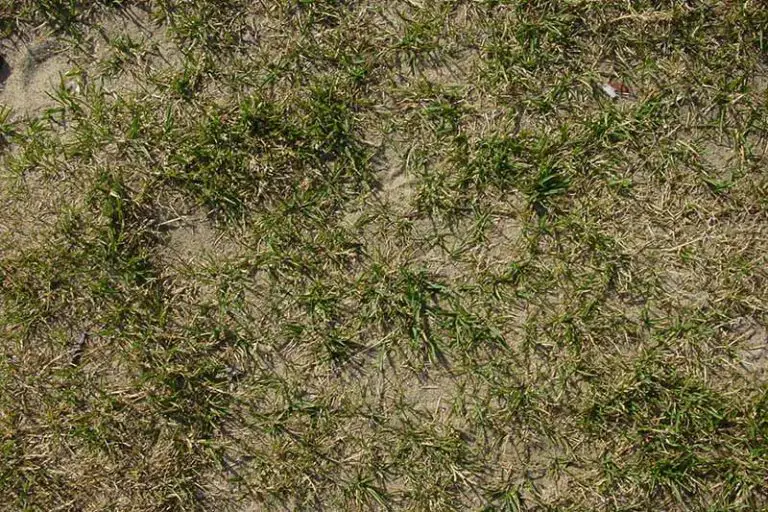Winter Lawn Care: How to Keep Grass Green
When the cooler months roll around, you don’t have to settle for a brown, dead-looking lawn. It is possible to keep your grass green all year round, following the proper methods to prepare your lawn for the winter months.
The key to keeping your grass green in winter lies in the preparation and maintenance of your lawn, before and throughout the winter months. Methods to keep grass green in winter include aerating the lawn, overseeding with a cool-season grass type, and fertilizing using a specialized winter fertilizer. As a last resort, you can use turf colorant to give your lawn an artificial coating of green until it comes out of dormancy in spring.
Why Do Some Lawns Turn Brown in Winter?
As is the case with many different types of plant life, grass plants go through different phases of growth as the seasons change. When your grass species enters its phase of dormancy, it will turn brown and appear as though it’s dead; despite this appearance, it’s very much alive and will make a full recovery once temperatures start to warm up again.
For warm-season grasses, this period of dormancy begins as temperatures drop and winter sets in. Conversely, cool-season grasses peak in winter, and may instead enter their phase of dormancy over summer.
Can You Keep Grass Green in Winter?
It is possible to keep grass green in winter, as long as it doesn’t have to withstand extended periods of freezing temperatures and isn’t buried under snow. This hinges on you properly preparing the grass for winter, and continuing to care for it over the winter months; we have gone into more detail on these steps in the following sections.
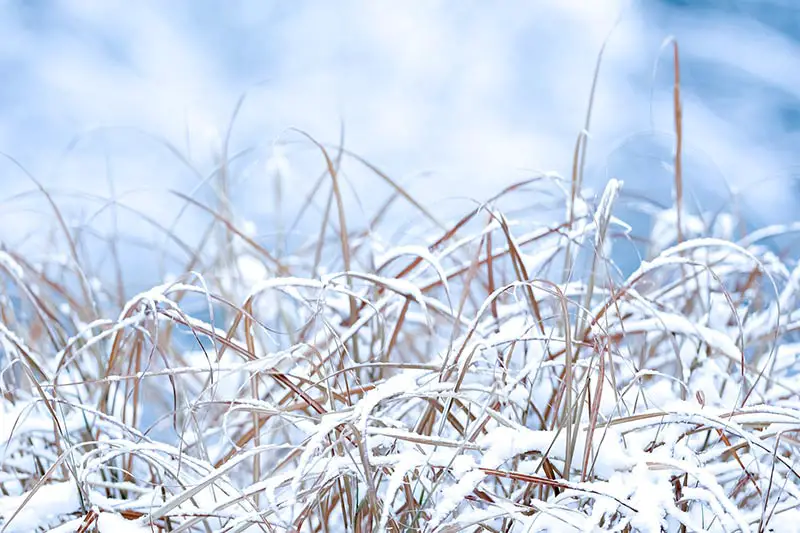
How to Keep Grass Green in Winter
You can keep your grass green in winter by following these tips on the preparation and maintenance of your lawn.
1. Preparing Your Grass For Winter
1.1 Remove Fallen Leaves
You should first remove any fallen leaves and other organic debris from your lawn. If you leave this matter on your lawn, it can prevent sunlight from reaching your growing grass. Also, it may promote the development of mold by causing the lawn to retain too much moisture. This may leave you with an unhealthy, patchy lawn, and will prevent your grass from remaining green over winter.
Method: Use a rake to rake up any leaves or other debris from your lawn throughout the fall. Never allow leaves, particularly wet leaves, to pile up on your lawn for more than a few days. As a further tip, you can mulch the fallen leaves by mowing them into the lawn. Run your lawn mower over the leaves repeatedly until they are chopped up into fine pieces; these pieces will act as a fertilizer for your lawn as they decompose over time.
1.2 Remove Weeds
You should also remove any weeds from your lawn throughout the fall. As the growth of your grass slows down, this gives winter weeds the opportunity to take over. If you neglect to remove the weeds, they will choke out your healthy grass, depriving it of nutrients.
Method: Hand pull any large visible weeds on your lawn as they crop up. You can apply a post-emergent weed killer if you already have mature weeds growing on the lawn. To prevent weeds from developing over winter, you can instead use a post-emergent herbicide. Take note that if you plan on overseeding, refer to the instructions on your chosen product to know how long you should wait between applying the weed killer and seeding.
1.3 Mow Grass to Ideal Winter Height
In the weeks leading up to the winter season, you should adjust your mowing schedule so your grass is at the optimal height by the last mow. This is another step that will help keep your grass green in winter, in addition to reducing winter weed growth.
On one hand, if you let your grass grow too tall before winter, it can stunt regrowth in spring. It may also increase the chances of fungal disease, such as brown patch or snow mold, or pest problems. On the other hand, cutting your grass too short before winter may shock the plants, causing the grass to become weak and thin. This is why it’s crucial to mow to optimal height for your species before winter.
Method: Adjust your mowing schedule so that the last mow you do before winter leaves your grass at its optimal winter height. The best height to cut grass before winter depends on your grass species; generally speaking, this will fall somewhere between 2 and 2 ½ inches. Do your final mow when temperatures drop to be consistently below 50°F.
1.4 Aerate Lawn
Lawn aeration is a great lawn care practice that is particularly beneficial after the summer has passed. Over summer, the warmer temperatures cause the soil in your lawn to lose moisture. This results in compacted soil that makes it difficult for grass plants to develop extensive root systems, as well as hindering their access to vital nutrients, air, and moisture in the soil. By aerating your lawn, you can break up this compaction, allowing your grass to access these things that it needs to stay green over winter.
Method: Aerate your lawn in late fall or early winter, before the first frost sets in. You can do this using a plug or core aerator, which are available for purchase or rent from your local hardware store.
1.5 Overseed Lawn
You can keep your grass green over winter by overseeding the lawn with a cool-season grass species. If you aren’t aware already, grasses come in two varieties, either being cool-season or warm-season. As the names suggest, warm-season grasses thrive in warmer temperatures, while cool-season grasses do better in the cooler months. By overseeding your lawn with a cool-season grass type, your lawn will flourish with new growth as temperatures drop.
Method: Overseeding is most effective when carried out after aerating, as detailed in the previous step. The best grass for overseeding in the fall is a cool-season grass, such as winter ryegrass. You should overseed your lawn when nighttime temperatures fall below 65°F. Avoid mowing or using the lawn until your new seed finishes germination, i.e., when it reaches a height of about 4 inches.
1.6 Water Grass
Even though growth slows down in winter, grass still requires enough water to stay green and healthy. Without enough water, your grass plants may suffer winter drought, which can cause the lawn to turn yellow or brown. With that said, grass tends to require less water in winter than what you would add in summer. This is due to both the cooler temperatures causing the water to evaporate more slowly and the increase in precipitation over these months.
Method: When watering over winter, reduce your watering schedule to add half as much water as usual. Instead of watering twice per week, do one deep watering once per week. If your grass starts to turn yellow, increase this frequency slightly until it recovers. If you have overseeded, follow the correct watering schedule for new grass; continue with the aforementioned schedule once the grass has matured.
1.7 Fertilize Grass with Winter Fertilizer
Following a proper fertilization schedule, you should ideally fertilize your lawn 2 to 4 times throughout the year. The last fertilization of the year should take place in the fall, at some point between August and November. This will set your grass up with all of the nutrients it needs to stay green and healthy until spring.
Method: Fertilize your lawn at some point between August and November using a specialized winter fertilizer. The effectiveness of your fertilizer will be vastly improved if you carry it out after aerating the lawn, as detailed in the previous steps.
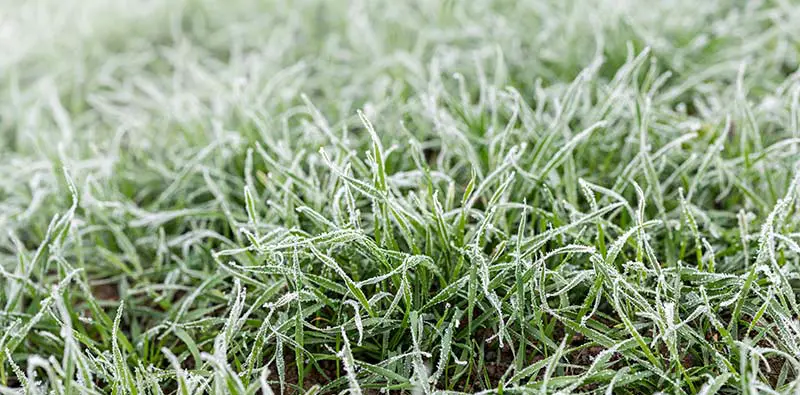
2. Maintaining Your Grass Over Winter
2.1 Avoid Mowing Grass After Rain
Over the winter months, it’s likely that you will see an increase in rainfall. With this in mind, you should always avoid mowing a wet lawn after it has rained. Mowing wet grass is a bad idea for a number of reasons, especially over winter; not only is it a hazardous act for your own health, but it can also damage the grass’ roots and leave the lawn more susceptible to the development of fungus.
Let your lawn fully dry out before attempting to mow it during the winter months. Remember to remove or bag grass clippings as you go; you could repurpose the clippings around your yard or use them as compost.
2.2 Restrict Traffic on Lawn
Restrict the traffic on your lawn from humans or pets as much as possible over the winter. By staying off the grass, you’ll give it more of a chance to grow, putting it under less stress when it’s already in a delicate state. Walking over the grass in cold conditions will severely impact its health, so you should avoid this where possible.
2.3 Keep Objects off Lawn
Following on from the previous tip, you should also keep the lawn free of heavy objects or outdoor furniture to keep the grass green over winter. Again, putting this kind of weight and stress on your grass when it’s in a fragile state is more likely to damage it. This can cause areas of the turf to turn yellow or brown, and these areas will struggle to recover in spring.
2.4 Remove Ice When Possible
When the harsh winter frost sets in, try to remove the ice from your lawn when possible. Grass plants are able to survive icy conditions; however, they have a much better chance of survival if you help them by removing the shards of ice manually. Do this by running a rake over the lawn to break the ice up and shift it off the grass.
2.5 Use Lawn-Safe De-Icers Around Property
Over winter, it’s likely that you use de-icers to treat the steps, driveways, and footpaths on your property. Most de-icers contain salt, which is notorious for killing grass on contact. If you use a de-icer containing salt, the run-off can enter your yard where it will damage and kill grass. This is likely the culprit if you’ve noticed that the dead spots of turf run along the edges of the paved areas in your yard.
To avoid this issue, purchase a lawn-safe de-icer that contains calcium chloride; this will help to keep your grass green over winter while ensuring your walkways are safe and ice-free.
2.6 Use Turf Colorant
Turf colorant, or grass paint, is a product you can use to artificially color grass green without affecting its health. This is your last resort if you have tried all the previous steps and your grass is still turning yellow or brown over winter. As your grass is dormant, and therefore not photosynthesizing, the colorant will cause no harm to the turf.
A good quality turf colorant will be able to keep grass green in winter at a low expense. All you need is a pump or backpack sprayer to spray it across your lawn; you can either treat the whole lawn, or use the colorant to cover up small particular problem areas. When you mow in spring, you will remove the artificially colored grass to make way for real, healthy green growth to replace it.

